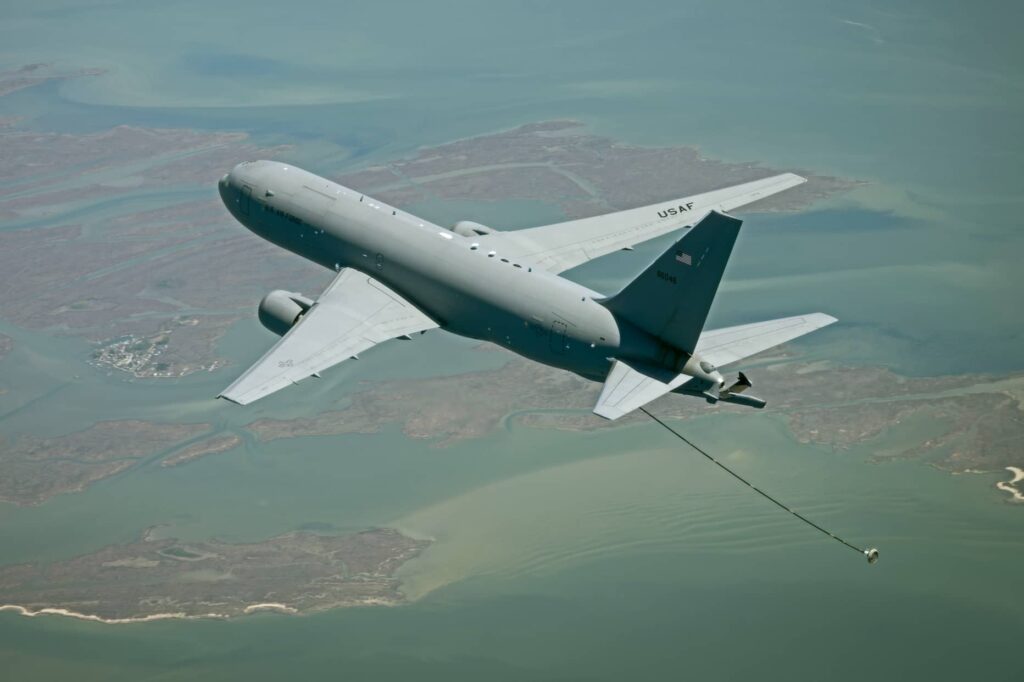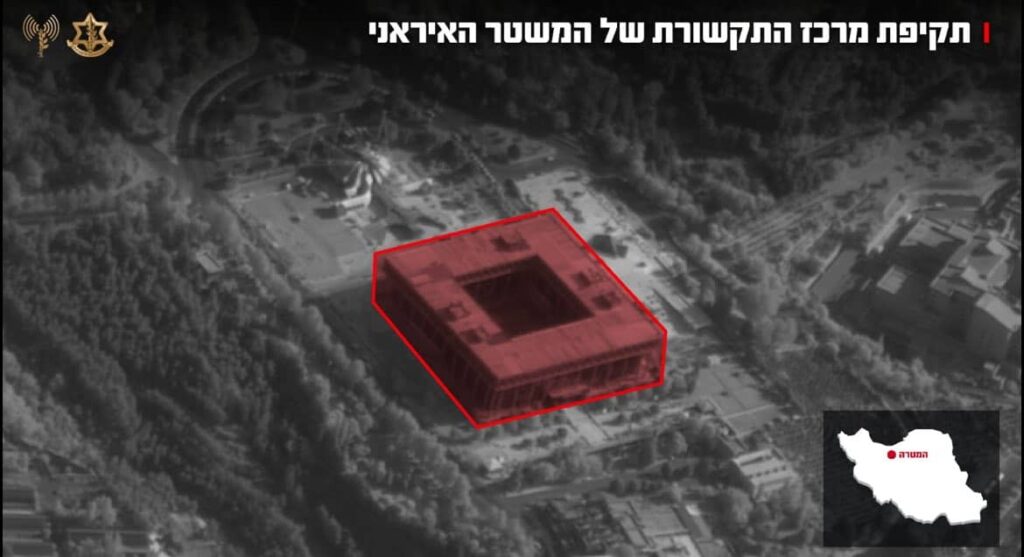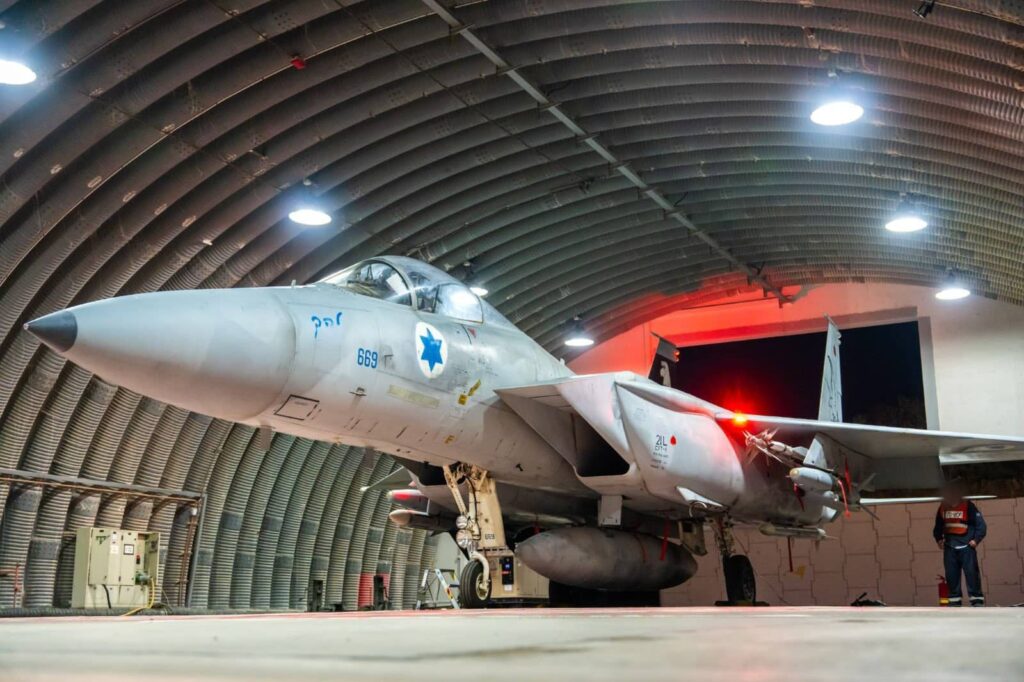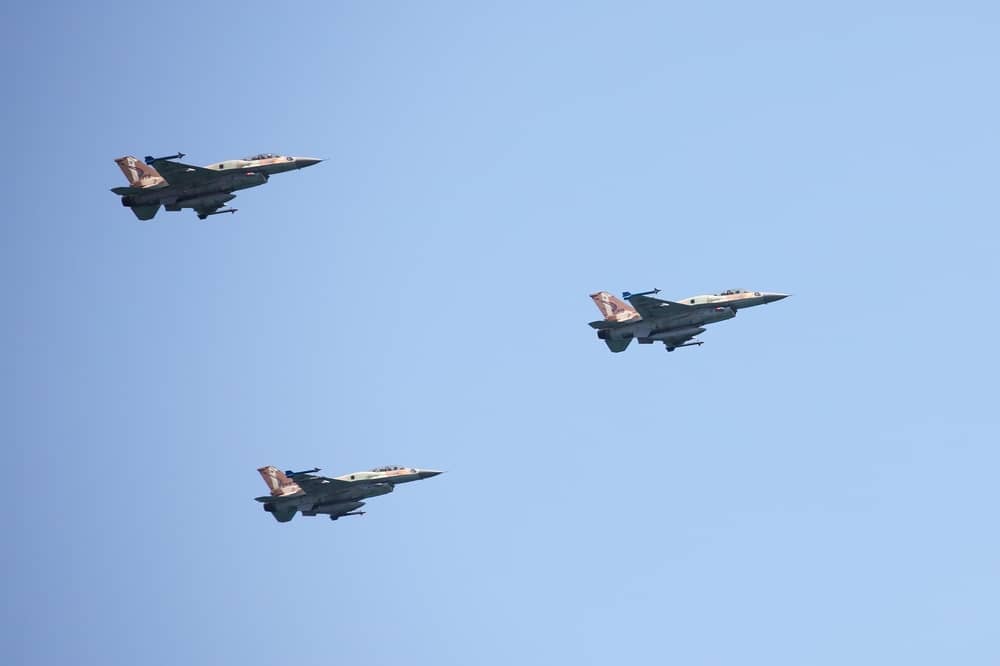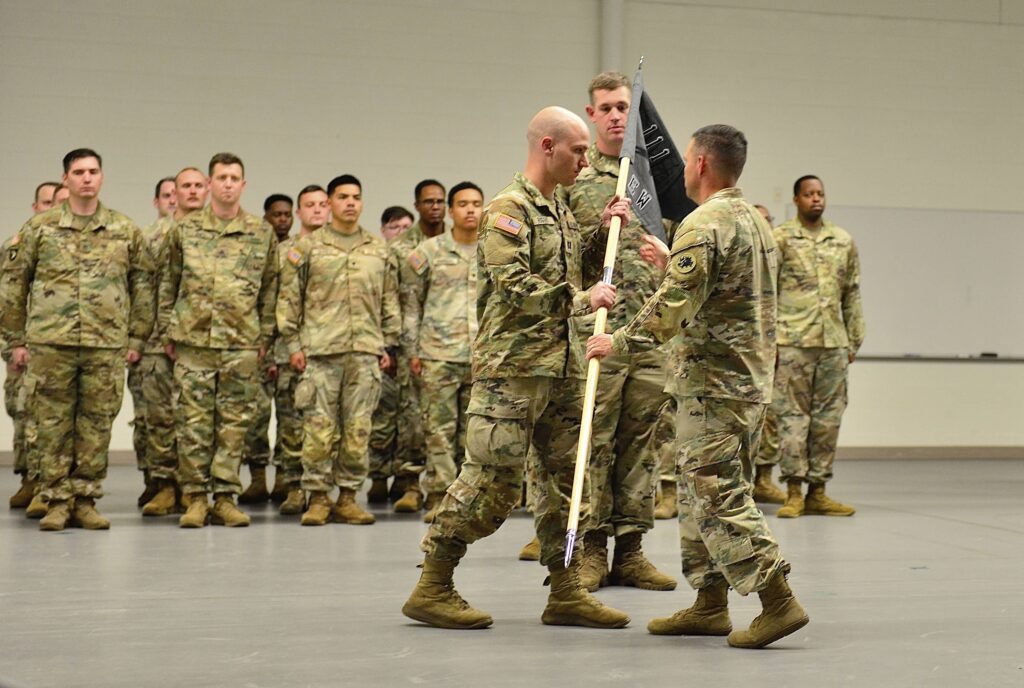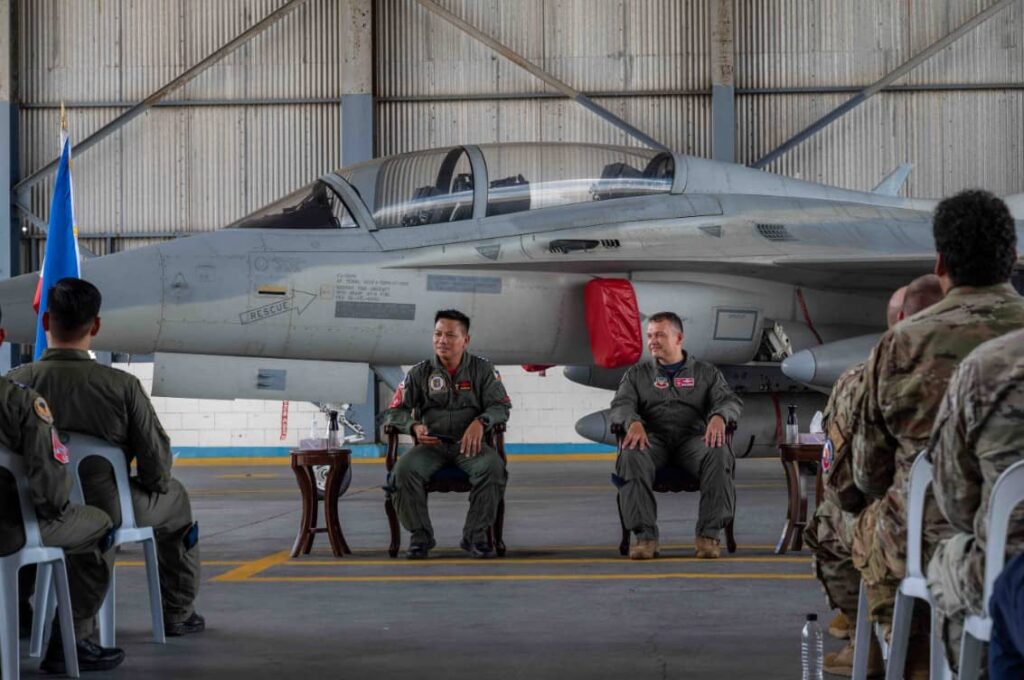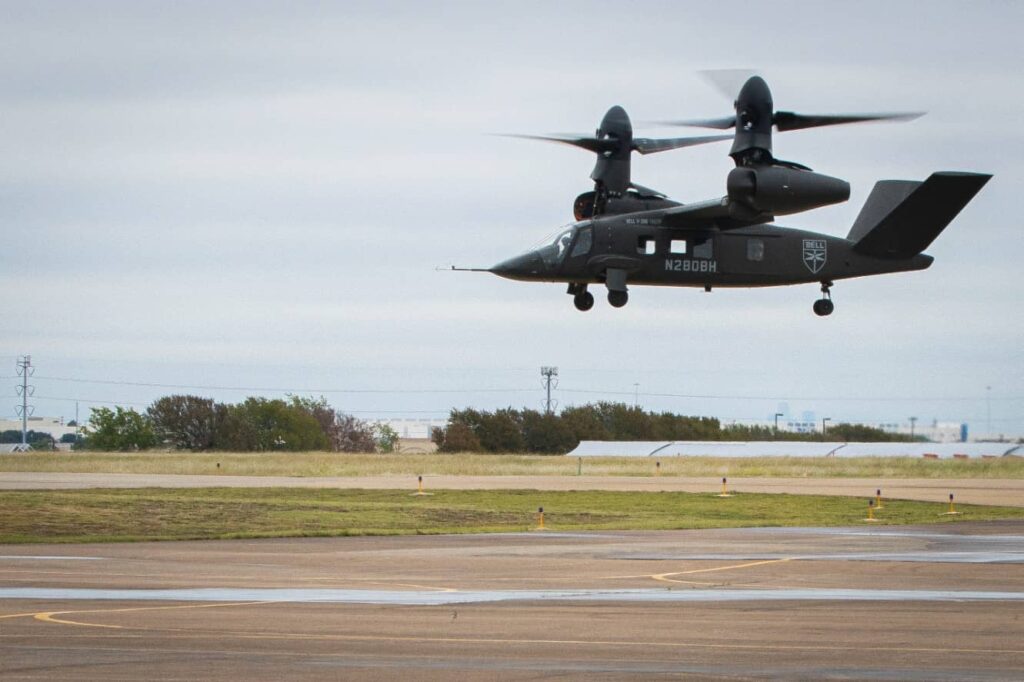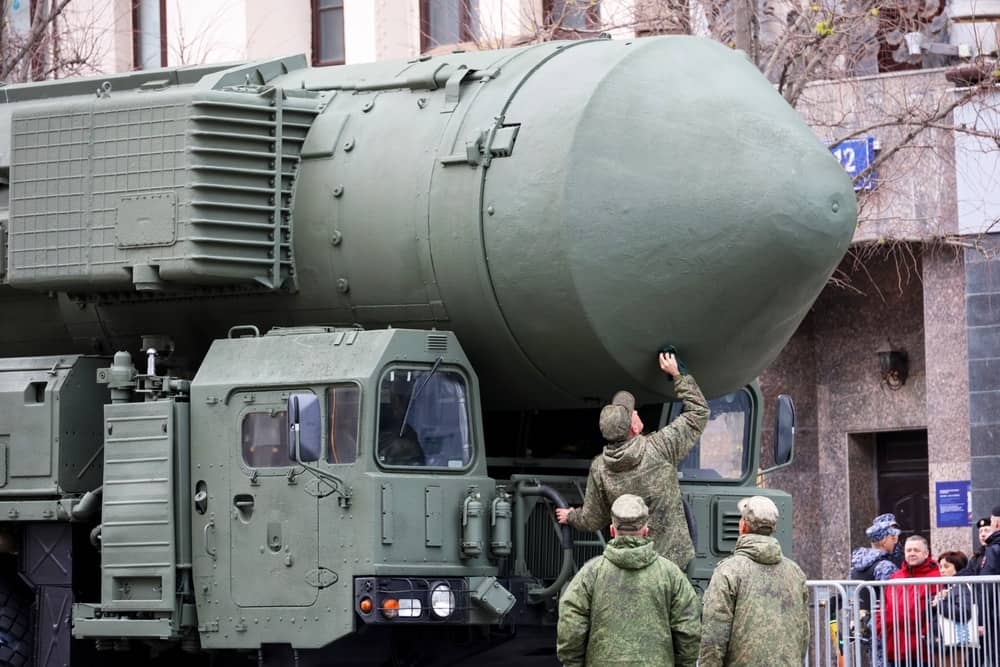US Lifts 52-Year Ban on Supersonic Flights Over Land
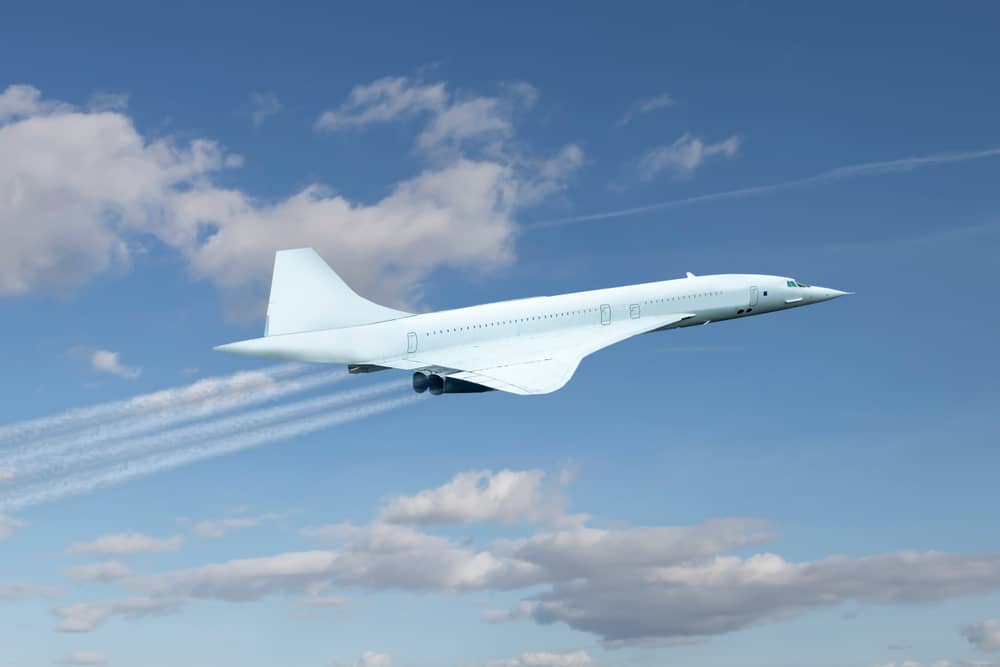
President Donald Trump signed an executive order aimed at ending the 1973 ban on commercial supersonic flights over U.S. land, which was originally imposed due to the disruptive effects of sonic booms.
In his order, Trump cited advances in engineering as the reason for the policy shift.
“For more than fifty years, outdated and overly restrictive regulations have grounded the promise of supersonic flight, stifling American ingenuity and weakening our global competitiveness in aviation,” the order states. “Advances in aerospace engineering, materials science, and noise reduction now make supersonic flight not just possible, but safe, sustainable, and commercially viable.”
Trump’s new order directs the Federal Aviation Administration (FAA) to repeal the prohibition on supersonic flights and within 18 months, establish a standard for supersonic aircraft noise certification that considers “community acceptability, economic reasonableness, and technological feasibility.”
The policy shift, aimed at restoring U.S. leadership in supersonic aviation, is expected to benefit companies like Boom Supersonic.
Boom Supersonic’s Overture jet, a next-generation supersonic airliner currently in development, is designed to fly passengers at speeds up to Mach 1.7 (about 1,300 mph or 2,100 km/h), nearly twice as fast as today’s commercial jets.
The moment you look up @nvidia GTC and BOOM… Overture is cruising through Jensen Huang’s keynote.
— Boom Supersonic (@boomaero) May 29, 2025
Who else caught this supersonic moment? pic.twitter.com/2q0ZG0CG1G
NASA’s X-59, an experimental aircraft designed to demonstrate quiet supersonic flight, also stands to gain from the regulatory change.
Shorter flight times, quieter booms: see how NASA’s X-59 experimental airplane could revolutionize supersonic flight in the documentary “X-59: NASA’s Quesst for Supersonic Flight,” streaming now for free on NASA+. https://t.co/7a6FTvxBwE pic.twitter.com/B5YJCTqsjH
— NASA (@NASA) December 30, 2024
Meanwhile, alongside the executive order lifting the ban on supersonic flights, Trump also signed two additional aviation-related orders to accelerate commercial drone operations and promote electric vertical takeoff and landing aircraft, bolstering U.S. aerospace innovation ahead of major events like the 2026 World Cup and 2028 Olympics.


